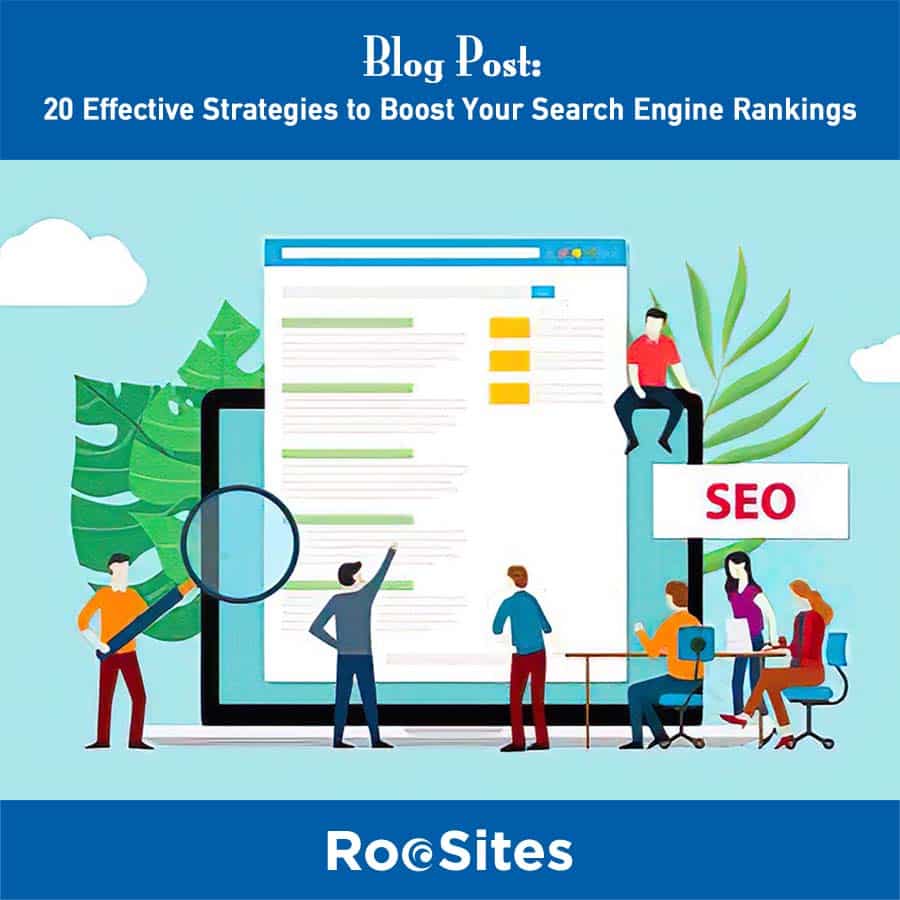
A user-friendly design is the foundation of any successful e-commerce website. It should be intuitive, responsive, and easy to navigate. Clear product categories, a well-structured menu, and a simple checkout process are crucial components. Ensure that the design is mobile-friendly, as a growing number of shoppers make purchases from smartphones and tablets.
Pro Tip: Keep It Simple!
Visitors rely heavily on product images and descriptions to make informed purchase decisions. High-resolution images, multiple angles, and zoom functionality provide customers with a clear view of the product. Detailed and accurate descriptions that highlight key features, specifications, and benefits help build trust and reduce the likelihood of returns.
Pro Tip: Read: 3 Ways to Get Better Ecommerce Product Photos for Your Store.
Security is paramount in e-commerce. Offer a variety of secure payment options, including credit cards, digital wallets, and PayPal. Implement SSL certificates to encrypt data, and clearly communicate your site’s security measures to reassure customers that their financial information is safe.
Pro Tip: Stripe.com is a good way to handle payments.
Customer reviews and ratings provide social proof and influence buying decisions. Allow customers to leave feedback and ratings for products they’ve purchased. Respond to both positive and negative reviews to demonstrate your commitment to customer satisfaction.
Pro Tip: Testimonials are also a great addition to your e-commerce website, if they are real and legitimate.
A robust search function is essential for helping customers find products quickly. Implement filters and sorting options to refine search results and make it easy for shoppers to locate the items they want. Utilize auto-suggestions to enhance the user experience further.
Pro Tip: Check out this article from Adobe highlighting best practices for ecommerce site search.
With an increasing number of users shopping on mobile devices, mobile optimization is no longer optional. Ensure that your website is responsive, loads quickly on mobile devices, and offers a seamless shopping experience across various screen sizes.
Pro Tip: If your site isn’t mobile friendly, but you like the way it looks, contact us, we can help you convert your site and make it 100% mobile friendly.
Transparent shipping and return policies instill confidence in your customers. Clearly communicate shipping costs, delivery times, and return procedures. Offering free shipping or easy returns can be a significant incentive for customers to complete their purchases.
Pro Tip: in an Amazon world, it’s always good to consider free shipping if possible. Figure it into your price point, as customers have grown used to not paying extra for shipping.
Utilize data-driven personalization to provide tailored product recommendations and content to your customers. Personalized shopping experiences can significantly boost conversion rates and customer loyalty.
Pro Tip: Read How to Personalize Customer Experience on your WooCommerce Store.
Integrate social media channels to expand your reach and engage with your audience. Use social sharing buttons to allow customers to share their favorite products on their social networks, and maintain an active social media presence to promote your products and brand.
Pro Tip: Have social sharing on all products and page, easy to do and pays dividends.
Continuous improvement is key to e-commerce success. Implement analytics tools to monitor user behavior, track conversions, and gather insights into your customers’ preferences. Use this data to make informed decisions and optimize your website for better performance.
Pro Tip: use analytics programs that are easy to understand and give you the numbers you need. Google analytics can be very difficult to understand and overkill for most companies.
